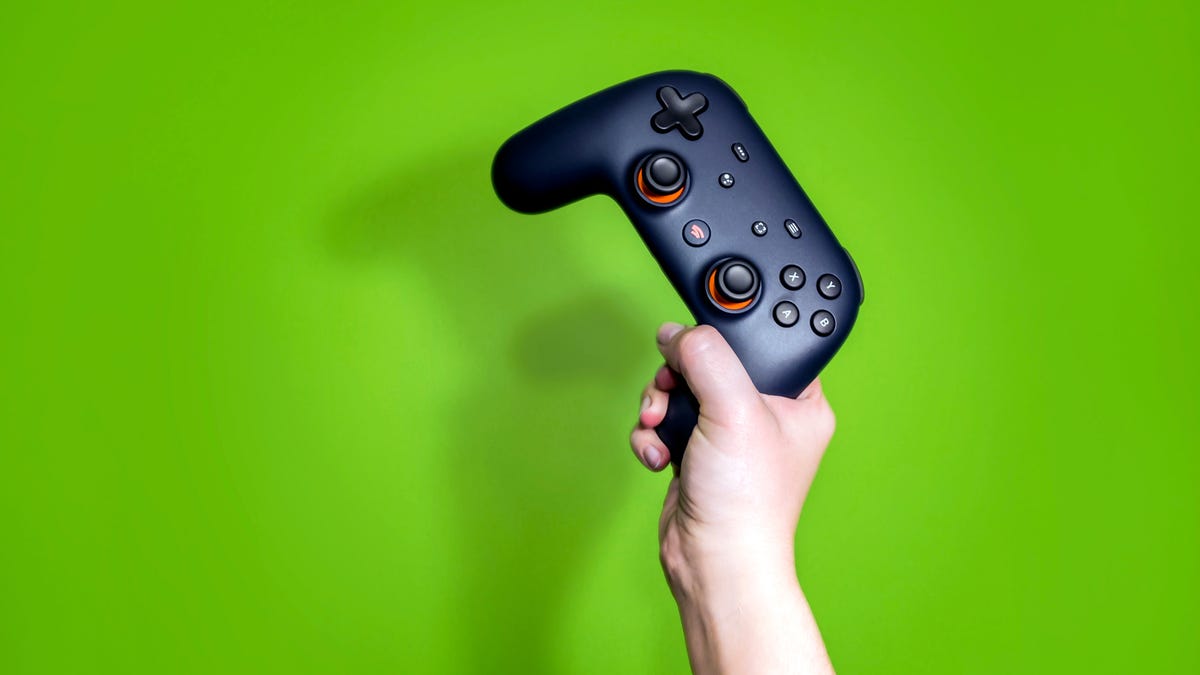Pokémon’s profit margins probably don’t reflect it, but the franchise had a rough year in 2023. Without a new mainline role-playing game to dominate the series’ headlines, Pikachu and friends were, instead, shrouded in controversies throughout the past 12 months. Between Pokémon Go angering swaths of its community, scalpers making a public embarrassment of the franchise to people who don’t even pay attention to it, and Scarlet and Violet’s DLC underlining the problems ingrained within the Pokémon pipeline, the screws are coming loose on the hype train. And yet, it cannot be stopped as it barrels down the tracks. Pokémon’s 2023 had its moments, but overall, it was pretty grim for a series usually so full of hope.
Detective Pikachu Returns pulls off its story better than the movie
To start off with some good, Detective Pikachu Returns finally came to Switch and wrapped up the original 3DS game’s bewildering cliffhanger. Without a new RPG out this year, Detective Pikachu Returns was the only home console game Pokémon fans got in 2023. The adventure game is pretty simple, but maintains the original’s charm and compelling setting. The ending felt pretty definitive, but hopefully, it’s not the end of The Pokémon Company greenlighting adventure games in the Pokémon universe.
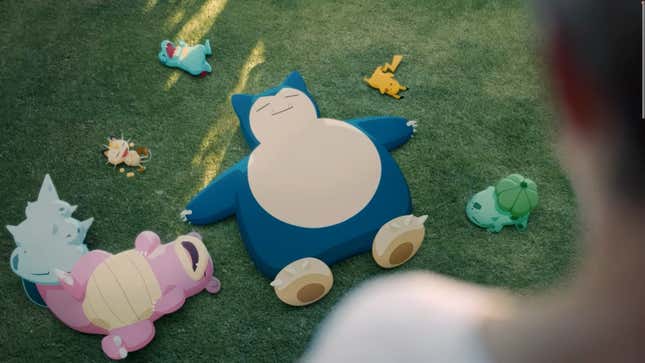
Pokémon Sleep finally wakes up
After years of teases, Pokémon Sleep, the sleeping app meant to encourage consistent sleeping habits, finally launched on mobile devices. In our review, I talked about how it feels geared toward kids who need a little motivation to get to sleep on time. Arceus knows it’s near impossible for an adult with sleep disorders and things to do in the morning to get their recommended eight hours of shuteye. But the app is the latest example of Pokémon getting into lifestyle and wellness, following Pokémon Go’s lead of gamifying daily activity while building people’s relationships with the Pokémon brand.
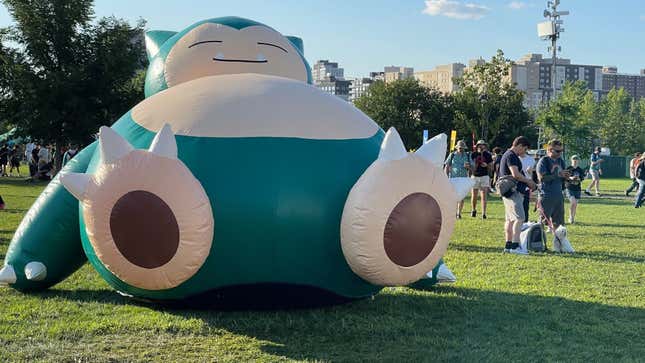
Pokémon remains a community hub
Whether you were one of the 194,000 trainers attending Pokémon Go Fest or were in attendance during the Pokémon World Championships in Yokohama this year, Pokémon remains a community-driven series that brings people together. I even attended my first Go Fest this year, and having felt walled off from that side of the community living in rural Georgia, it was an invigorating experience to be surrounded by so many people coming together for a common love.
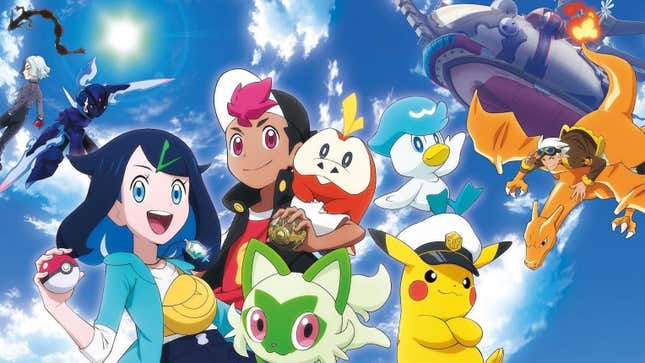
The anime ushers in a new era
One of the biggest events of Pokémon history happened in 2023, with long-time protagonist Ash Ketchum walking into the sunset in a final episode. The episode itself didn’t end with a definitive story beat but essentially said he and his partner Pikachu would continue to go on adventures throughout the Pokémon world, but we wouldn’t get to follow them. Instead, Pokémon Horizons, which follows new heroes Liko and Roy, has usurped Ash and Pikachu’s adventures as the primary animated series. The series has been airing in Japan since April, and will finally come to English-speaking territories in February 2024. Though it remains to be seen if Liko and Roy will ascend to Ash’s status as a beloved, iconic hero in anime, Horizons has already garnered acclaim from fans for its lovingly crafted animation.
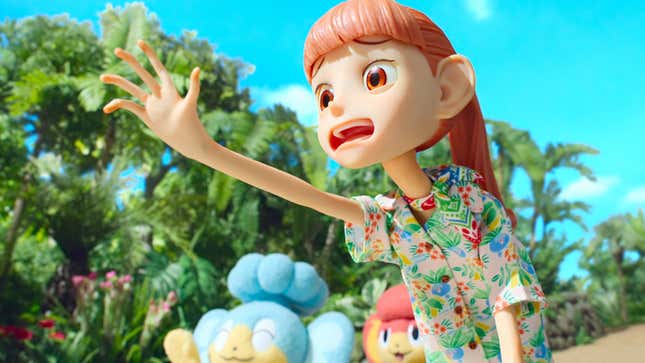
Pokémon shows of all shapes and sizes
While Liko and Roy are headlining the anime, Pokémon has had two more TV projects in 2023 that expand beyond 2D animation. This includes PokéTsume, a live-action drama starring a young woman who sorts through her personal and professional drama by playing Pokémon (she’s just like me, FR), and Pokémon Concierge, a stop-motion animation series on Netflix that is available to stream today, December 28. The Pokémon machine primarily focuses on games, anime, and merchandise as its core pillars, so it’s been nice to see The Pokémon Company continue to expand its projects to tell new stories in this world that aren’t always tied to competitive sports.

Scarlet and Violet’s DLC highlights the best and worst of the base games
While there was no new RPG in 2023, Scarlet and Violet got a two-part expansion called The Hidden Treasure of Area Zero. Between The Teal Mask and The Indigo Disk, fans got new maps to explore, Pokémon to catch, and tools to build competitive teams. While the new story beats didn’t capitalize enough on the base games’ incredible ending to my liking (with one major exception), I was still happy to run around new places with my friends in co-op and learn more about this world. Sadly, in the year since Scarlet and Violet launched, Game Freak hasn’t managed to get the games into a fully functional state, and The Teal Mask and Indigo Disk’s new open-world maps are just as (if not more) buggy and ugly than Paldea was in 2022.

Welcome to Exp. Share, Kotaku’s Pokémon column in which we dive deep to explore notable characters, urban legends, communities, and just plain weird quirks from throughout the Pokémon franchise.
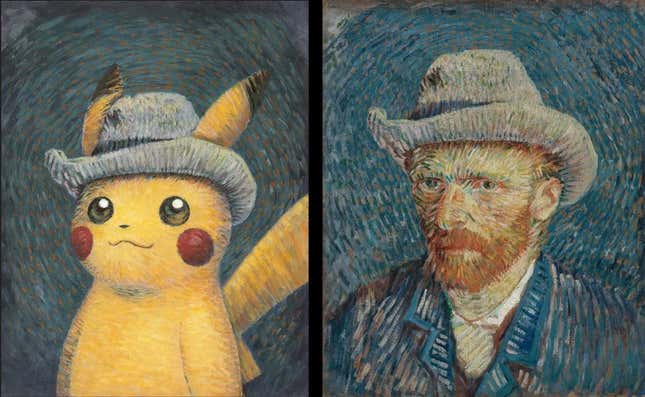
The Van Gogh Museum fiasco underlined deep-rooted issues in the community
Pokémon and the Van Gogh Museum had a collaboration this year that included Pokémon-themed recreations of legendary Dutch painter Vincent van Gogh’s works, as well as merchandise tied to the event and a rare Pikachu card available with purchase alongside these limited edition items. As anyone who has paid attention to Pokémon in the past seven years can tell you, scalpers have become an entrenched part of this community, as it’s nearly impossible attempting to buy any limited edition item without someone’s bot swooping in and buying it to resell it on sites like eBay. While Pokémon fans know to expect that, it’s not often that this issue becomes a public spectacle. The Van Gogh Museum’s new exhibit, however, was overrun by so many people that it looked like something out of a Black Friday sale, and rather than just being fans hoping to acquire some special merch for themselves, many of these were scalpers, looking to hoard the items and jack up the prices.
It’s not unusual for people to attempt to steal and sell Pokémon merchandise, especially cards, andt more often than not, these are just petty crimes. The Van Gogh Museum fiasco, however, was a public embarrassment for The Pokémon Company, and the museum had to cease its card distribution for the safety of its patrons and employees. But even if the card is no longer being given out at the museum, the lingering aftermath of scalpers can still be seen on overpriced eBay listings for it, as well as associated merchandise from the collaboration. The Pokémon Company issued an apology and has since offered the card through the Pokémon Center store, but has neglected to manufacture more of the merchandise.

Pokémon Go’s Remote Raid changes undermine the community it nurtured
At the beginning of the covid-19 pandemic, Pokémon Go developer Niantic made it easier for players to take part in raids with Remote Raid Passes that let you play the game from anywhere. It was a huge move for the game, as it was now possible to take part in these events regardless of where you and your friends were. This was especially helpful for people who lived in rural areas where Pokémon Go was typically not well-supported, as well as disabled players who typically had trouble playing Pokémon Go due to its focus on walking to reach objectives.
Read more: The Real Impact Of Pokémon Go’s Changes That Niantic Won’t Face
In March, Niantic made Remote Raid Passes more expensive and limited how many you can use in a day, which fundamentally undermined the ways several subsets of the Pokémon Go community had been playing the game for three years. The subsequent backlash spawned a fan campaign using the hashtag #HearUsNiantic, in which players expressed how these changes affected their enjoyment of the game, with some going as far as to say the increase in price for Remote Raid Passes felt like a tax on the disabled community. Despite protests and boycotts, these restrictions remain in the game to this day.

Niantic’s struggles go beyond Pokémon Go
If the public controversy around its flagship game weren’t enough, Niantic has been the subject of a lot of bad news in 2023. In June, Kotaku reported that Niantic was shutting down its Los Angeles studio, laying off over 200 employees in the process. The company made the decision to move away from in-house development, shuttering its basketball game NBA All-World and canceling its planned Marvel game.
Two weeks later, Niantic was the subject of a lawsuit accusing it of “systemic sexual bias” against its female employees and creating a “boys club” work environment. In November, a California judge approved the lawsuit to proceed.
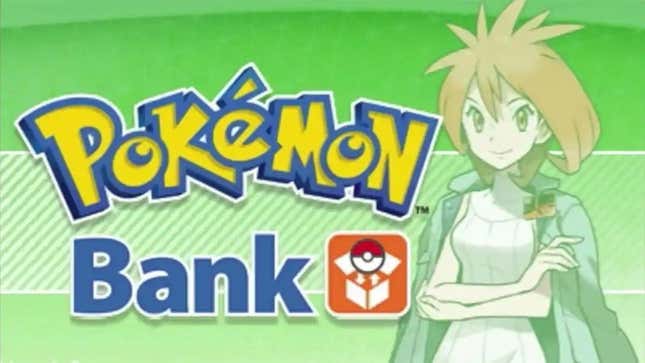
The death of the 3DS eShop shakes Pokémon trading
The 3DS and Wii U eShops were shut down in 2023. While this affects every game and service on those platforms, Pokémon is in a precarious position because the loss of the 3DS eShop has created a gap between Pokémon generations. Trading old Pokémon to new games has been a long-held tradition within the series. It’s taken different forms between games, but the practice has become much more streamlined with the introduction of platform-agnostic services like Pokémon Home that host Pokémon from any game that can connect to the internet. However, the 3DS has been the bridge between older generations and Home through an app called Pokémon Bank. This 3DS app is used to transfer Pokémon from 3DS games to Home, thus to Switch games like Scarlet and Violet.
Pokémon Home is still probably the best solution The Pokémon Company has launched for this problem, as it doesn’t have to rely on specific hardware to store and trade different monsters. But without Bank, some Pokémon have become difficult or even impossible to obtain and trade over to modern games. As of this writing, Bank still works for those who had it purchased and installed on their 3DS before the eShop shutdown, but the tool is no longer readily available for new players.
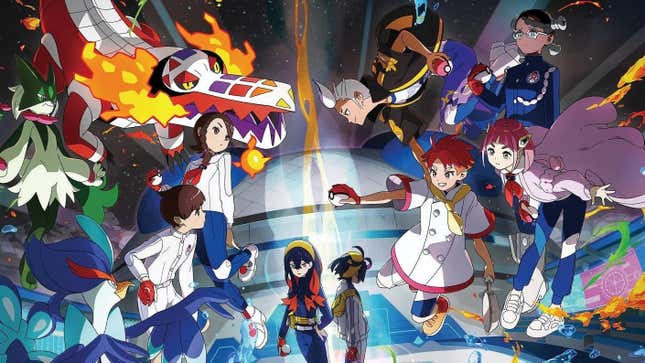
Competitive Pokémon has a big hacking controversy
While not every Pokémon player is embedded in the competitive scene, ranked Pokémon play is still a pillar of the RPGs millions of people play every year. However, at this year’s Pokémon World Championship tournament in Yokohama, several players were banned from competing after it was discovered they were using hacked teams that weren’t approved for competitive use at an official tournament. However, some competitors told Kotaku The Pokémon Company’s rulings on this matter have been inconsistent, which made their bans at the headlining event of the year all the more devastating. In the fallout, new data seems to reveal this kind of homebrewing of competitively viable teams is rampant within the community.
The debate about using tools like PKHeX, which allows you to create teams without finding, catching, and training the Pokémon in a game, is a complicated one. Going this route doesn’t necessarily give you a competitive edge but can be viewed as not within the spirit of the franchise. Competitive players argue that using a tool like this is just a matter of saving time, allowing users to craft a team without having to do so within the boundaries of games like Scarlet and Violet. Training Pokémon to their most powerful potential isn’t an easy feat and can take large swaths of your time, even if you have endgame resources. But the argument that you should have to train like a real Pokémon trainer to “earn” your spot in the competitive space harkens to arguments made in the games and anime themselves.
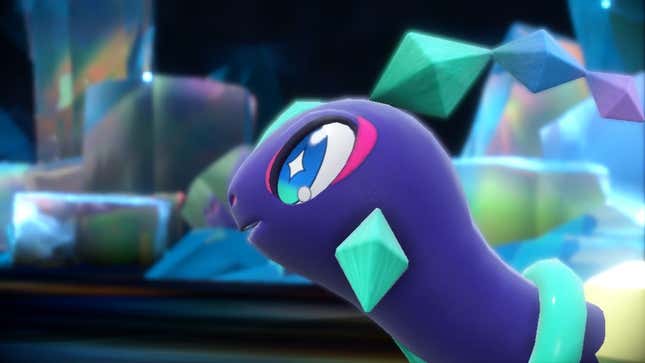
The machine must be stopped. Or at least made better
We at Kotaku launched Exp. Share, our Pokémon column, in 2023 to talk about all the wild, wonderful, weird, and woeful parts of this franchise. One of the most telling things I’ve learned in my years of covering Pokémon, especially for this column, has been that even as the series frustrates and confounds its legions of fans, those people will still show up to throw their money at it, despite their annoyance.
Issues like the supply problems that let scalpers run rampant, Pokémon Go pushing out the same community that kept it afloat, and Scarlet and Violet selling 23 million copies despite being an absolute trainwreck on a technical level only happen when The Pokémon Company is given little incentive to fix these problems. When I interviewed collectors for the Van Gogh reseller story, Grace Klich, who owns one of the Pikachu-inspired Volkswagen Beetles known as Pikabugs, pointed out that The Pokémon Company has watched systemic issues sprout up in its community over the years, but hasn’t done much to address them. Sure, the company apologized this time, but it’s not making more of what people are asking for. They made their projected profits; what does it matter if people are upset by the same supply problems they’ve always been?
This extends to pretty much every pillar of Pokémon’s business. The merch can sell out before fans can buy it because a scalper’s money clears just as easily for The Pokémon Company as that of a dedicated fan who wanted a Pikachu plush for their shelf. Pokémon COO Takato Utsunomiya said this year that the company’s annual releases may not be sustainable, as it’s affecting the quality of games like Scarlet and Violet, which are largely defined by big ideas and squandered potential. But if they sell 23 million copies despite being raked through the coals for their poor technical performance, is anything actually going to change? If The Pokémon Company knows it can count on people to show up, no matter how poor or frustrating its offerings are, can the machine ever be stopped?
Last year, Pokémon Legends: Arceus and Scarlet and Violet showed that Pokémon is growing beyond simply banking on nostalgia. But 2023 showed that all of that growth can be squandered as it inevitably gets funneled back into the bottom line. The machine is pumping out Pokémon games, cards, merchandise, and collaborations at a rate only rivaled by the late ‘90s Pokémania era. And yet, with every botched launch and misguided decision, with the ongoing lack of real change, the facade of this most hopeful franchise gets increasingly exposed for the money-making machine it is underneath.


